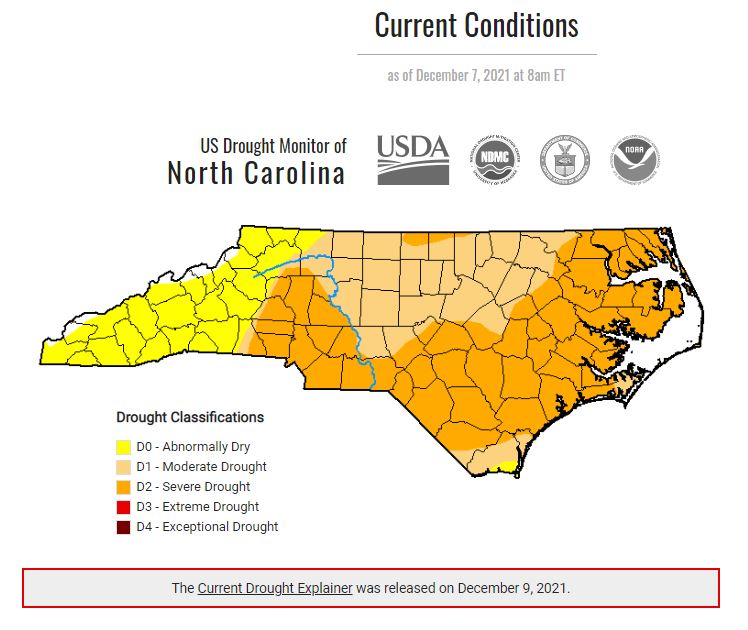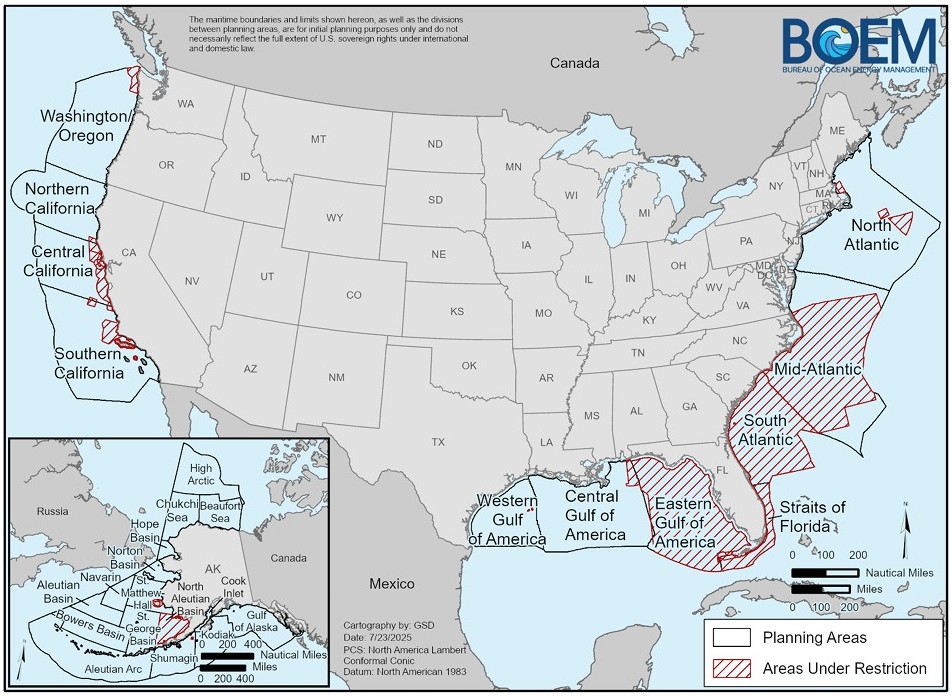
Like more than half of the state, 19 of the 20 coastal counties are experiencing severe drought conditions.
These severe drought conditions that cover more than half of the state are after another dry week added to precipitation deficits over the past three to six months and conditions may remain through winter, according to the North Carolina’s Drought Management Advisory Council’s Tuesday update, the most recent advisory. Conditions are based on factors including streamflow, groundwater levels, reservoir levels, soil moisture and fire danger.
Supporter Spotlight
Severe drought is the second category of the four drought classifications based on the U.S. Drought Monitor.
Coastal counties under the severe drought classification are Beaufort, Bertie, Camden, Carteret, Chowan, Craven, Currituck, Dare, Gates, Hertford, Hyde, New Hanover, Onslow, Pamlico, Pasquotank, Pender, Perquimans, Tyrrell and Washington. Brunswick County is in moderate drought.
“Much of the state has been in a dry pattern over the past three to six months, with generally above-normal temperatures and few to no tropical systems bringing widespread rainfall relief,” said Corey Davis, assistant state climatologist with the North Carolina State Climate Office, in a statement. “The dryness has been especially pronounced since early October. Less than one inch of rain fell in most areas last month. It’s the driest November in 90 years in North Carolina.”
The advisory council publishes the drought map every Thursday morning, which is updated and submitted on the Tuesday before to be included in the U.S. Drought Monitor.
Any rainfall that occurs after 8 a.m. Tuesdays is factored into the next week’s map.
Supporter Spotlight
The rain this week is not expected to make much impact on the drought status since it may only provide up to 1 inch, the normal amount expected for this time of year, according to the council. The gradual deficit in October and more extreme shortfall in November has resulted in many areas being 4 to 7 inches below normal over the last three months.
Advisory council officials said current conditions and forecast models, which reflect the warm, dry conditions that a La Nina weather pattern often brings, could lead to drought conditions continuing through the winter months.
Last May, parts of of six counties were briefly classified as severe. Before that, there was severe drought in October 2019.








